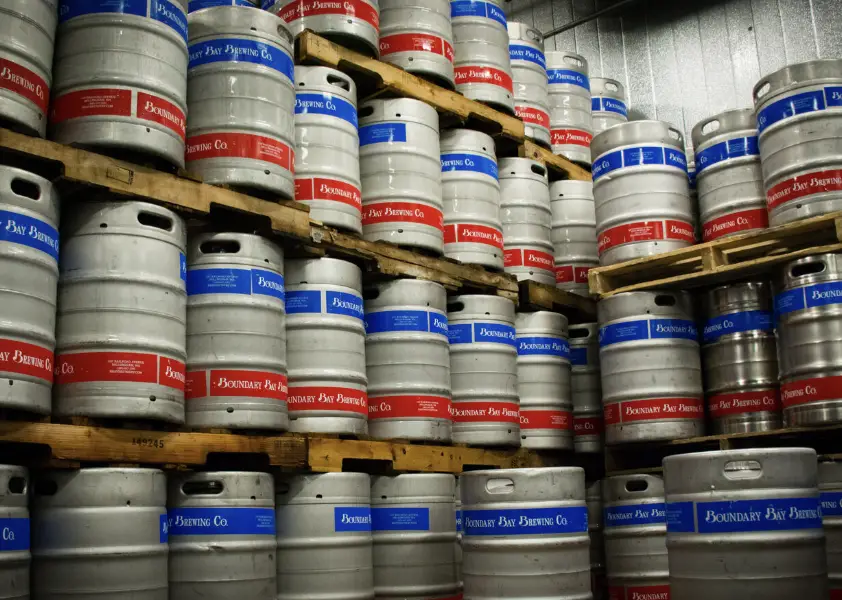
Lifting the Veil: How Much Do Beer Kegs Weigh?
Beer kegs, those iconic vessels of liquid gold that bring joy to gatherings and celebrations, come in various sizes and shapes. But have you ever wondered about the weight behind the brew? In this blog post, we dive into the world of beer kegs, exploring their different sizes and the weights they carry, shedding light on the physical aspect of your favorite libation.
The Role of Kegs: Guardians of Liquid Pleasure
Beer kegs are the sturdy containers that safeguard and preserve beer until it’s poured into your glass. These vessels play a crucial role in maintaining the quality and freshness of the brew, ensuring that you savor every sip just as the brewmaster intended.
Variety in Sizes:
Beer kegs come in several sizes, each catering to different needs and occasions:
- Standard Keg (Half Barrel): Also known as a half barrel, this is the most common keg size used in the United States. It holds approximately 15.5 gallons (58.67 liters) of beer and weighs around 161 pounds (73 kilograms) when empty.
- Quarter Barrel Keg: Also referred to as a pony keg, this size holds around 7.75 gallons (29.34 liters) of beer and weighs roughly 87 pounds (39.5 kilograms) when empty.
- Sixth Barrel Keg: This smaller keg size contains around 5.16 gallons (19.5 liters) of beer and weighs about 58 pounds (26.3 kilograms) when empty.
Weighty Matters:
The weight of a beer keg varies based on factors such as the keg’s material, size, and the type of beer it holds. Kegs are typically made from stainless steel, aluminum, or plastic. Stainless steel kegs are the most common due to their durability and ability to maintain the quality of the beer.
When a keg is full of beer, its weight increases significantly. A full standard keg, for instance, can weigh between 160 to 170 pounds (72.6 to 77.1 kilograms), depending on the specific beer and keg design.
A Matter of Handling:
Given the weight of kegs, proper handling and transportation are crucial to ensure safety and prevent injury. Kegs are designed to be rolled or lifted using specialized equipment. Many bars, restaurants, and breweries utilize keg dollies or hand trucks to move kegs efficiently.
Conclusion: From Keg to Glass
Behind the delightful moments spent sipping your favorite brew lies the physical aspect of beer kegs – those dependable vessels that hold and protect the liquid art. As you enjoy your next pint or raise a toast with friends, take a moment to appreciate the journey these kegs make, from the brewery to your glass. The weight of a keg is a testament to the craftsmanship, care, and dedication that go into each batch of beer. So, the next time you savor a sip, remember that behind every ounce of enjoyment is a keg, a guardian of flavor, ready to share its liquid pleasures with the world. Cheers to the hidden strength that ensures our brews remain as satisfying as the moments we share!






